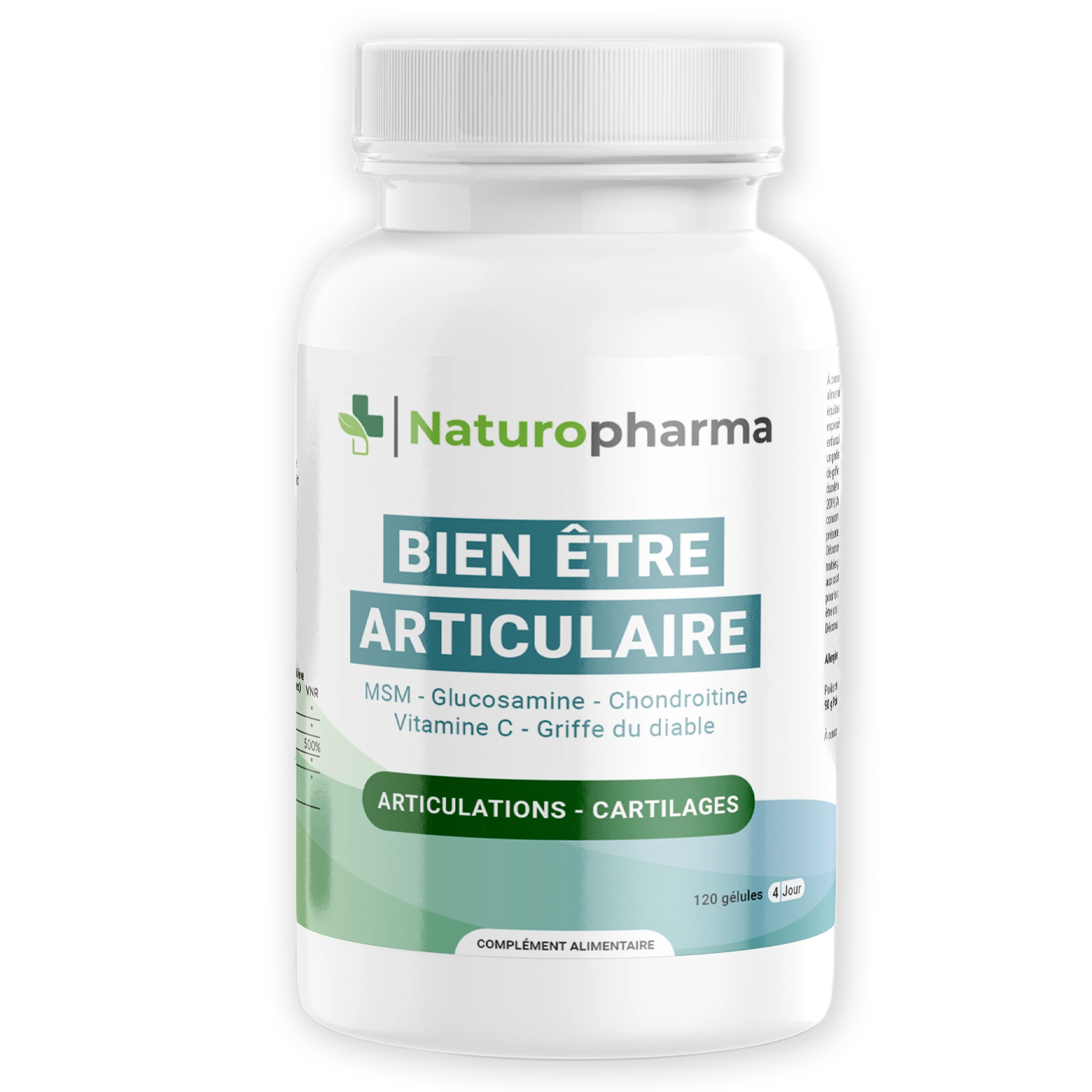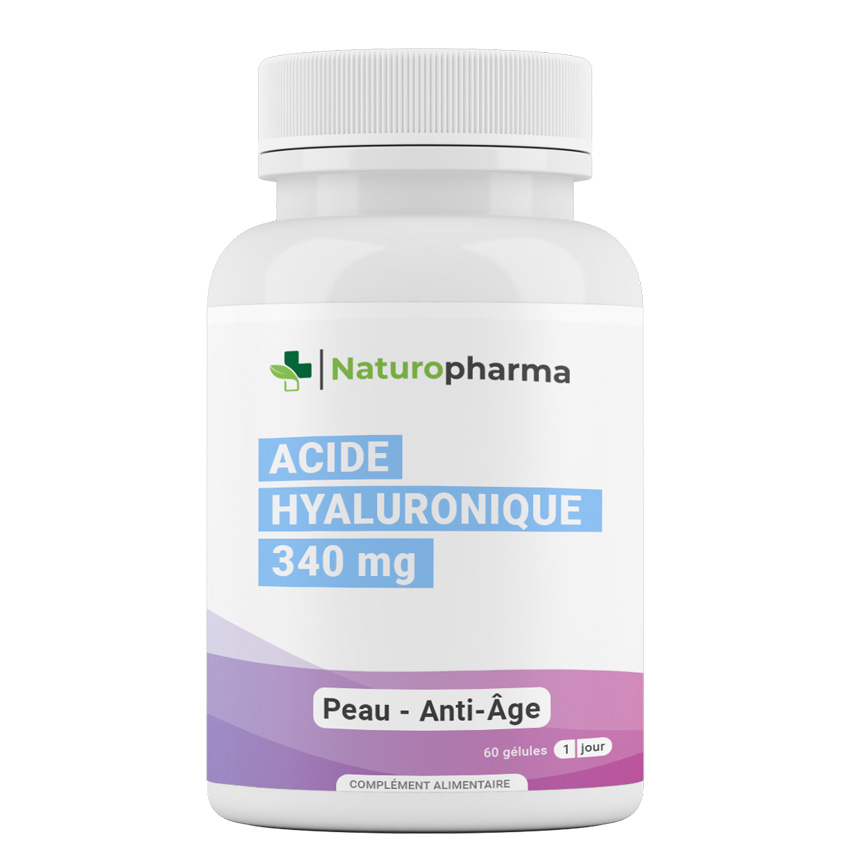Harpagophytum: a natural ally for relieving joint pain
Harpagophytum, also known as 'devil's claw', is a plant native to the desert regions of southern Africa. Used for thousands of years by indigenous peoples for its medicinal properties, this plant is now widely recognised for its many benefits, particularly as a dietary supplement to relieve joint pain. In this article, we'll explore the origin of Harpagophytum, its benefits and its use as a dietary supplement.
Origin and composition of Harpagophytum
Harpagophytum is a herbaceous plant belonging to the Pedaliaceae family. It grows mainly in arid regions of southern Africa, particularly in Namibia, South Africa and Botswana. The plant grows from a taproot that can reach depths of up to 1.5 metres.
Harpagophytum takes its name from its fruits, which are covered with claw-like hooks, hence the name "devil's claw". These hooks cling easily to clothing and animal hair, allowing the seeds to disperse into their environment.
The plant is also known as "devil's claw" in English, "teufelskralle" in German and "klauw van de duivel" in Dutch. In traditional African medicine, Harpagophytum has been used for centuries to treat digestive problems, liver disorders, kidney problems and skin ailments.
Harpagophytum's active compounds are iridoids, in particular harpagoside, actenoside and harpagoside. These substances are responsible for the plant's anti-inflammatory and analgesic properties. It also contains flavonoids, phytosterols and essential fatty acids.
Benefits of Harpagophytum
Relief from joint and muscle pain
Harpagophytum is best known for its beneficial effects on joint and muscle pain. Due to its anti-inflammatory properties, the plant can be used to relieve osteoarthritis, arthritis, tendonitis, sprains and age-related pain. Its use is particularly common among people suffering from chronic pain.
As well as reducing inflammation, Harpagophytum also has analgesic properties which can help reduce the sensation of pain. Studies have shown that taking Harpagophytum can significantly improve mobility and reduce pain in people suffering from osteoarthritis or low back pain.
Improved digestion
As a plant traditionally used to treat digestive problems, Harpagophytum can be beneficial for people suffering from gastrointestinal disorders such as bloating, constipation and stomach inflammation. Its anti-inflammatory properties can help reduce stomach and intestinal irritation, while its laxative effects can promote regular bowel movements.
Antioxidant properties
Harpagophytum contains powerful antioxidants that can help protect the body's cells from damage caused by free radicals. These compounds can also help boost the immune system and promote overall body health.
Use as a food supplement
Harpagophytum is available in various forms, including capsules, tincture, powder and infusion. The leaves and roots can also be taken directly. The most common forms are capsules and tablets, which are generally taken two or three times a day.
The recommended dose may vary according to weight and the severity of symptoms, so it is important to follow the instructions on the pack or consult a healthcare professional before starting a Harpagophytum-based treatment.
Although it is generally well tolerated, it is important to note that Harpagophytum can interact with certain medications. It is therefore important to always consult a health professional before using it, particularly if you are taking medication for blood pressure, diabetes or heart disease.
In conclusion, Harpagophytum is a plant with numerous health benefits, particularly for relieving joint and muscle pain. As a dietary supplement, it can be a natural ally for people suffering from chronic pain or other ailments. However, it is important to always follow the dosage recommendations and to consult a health professional before using it.











